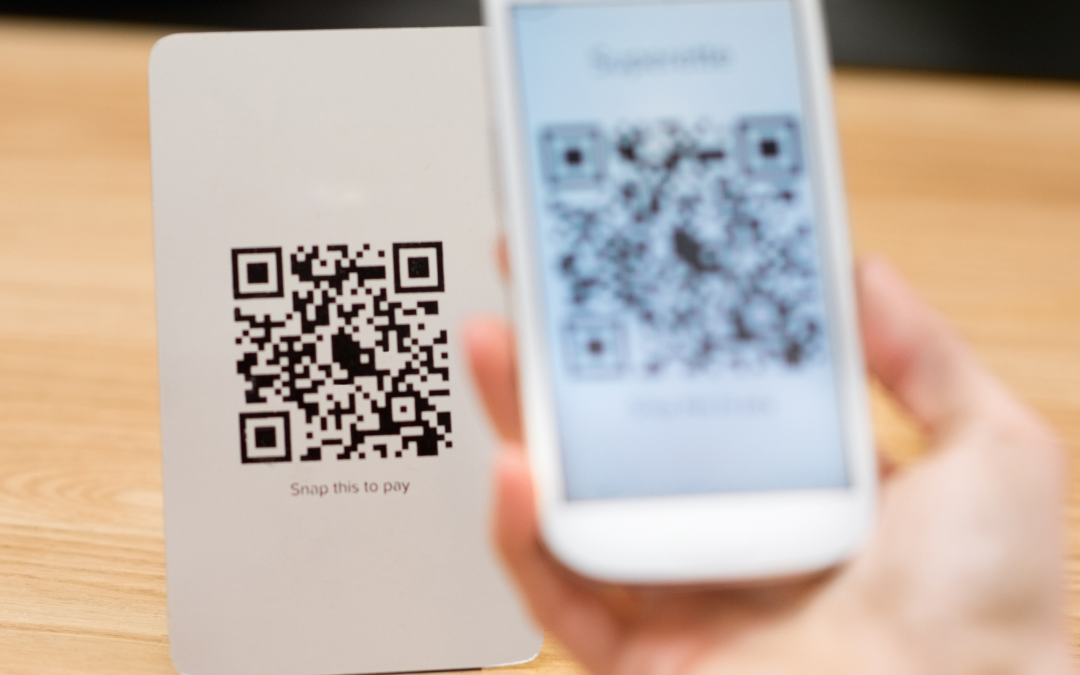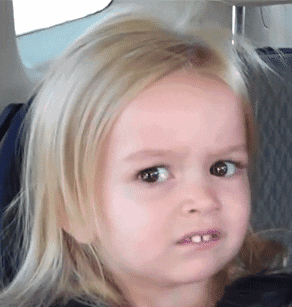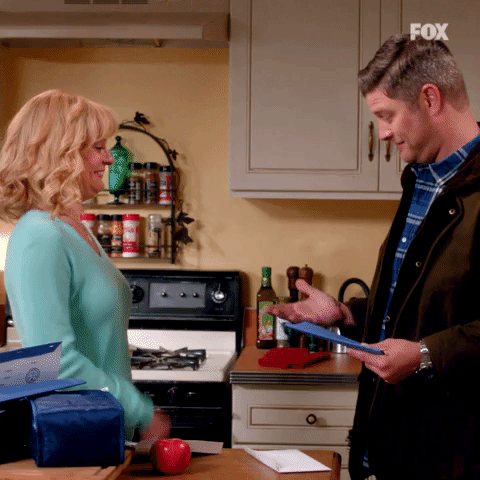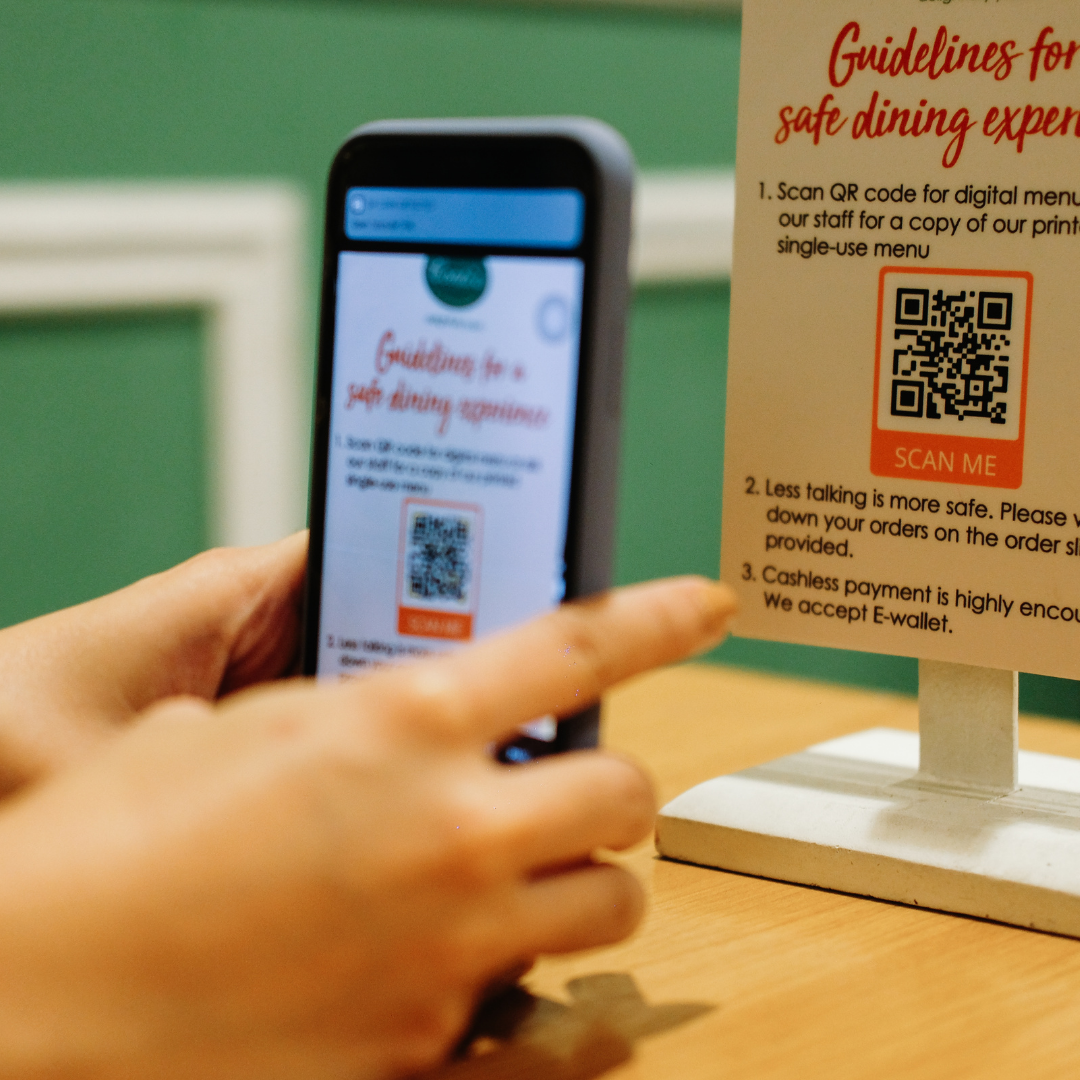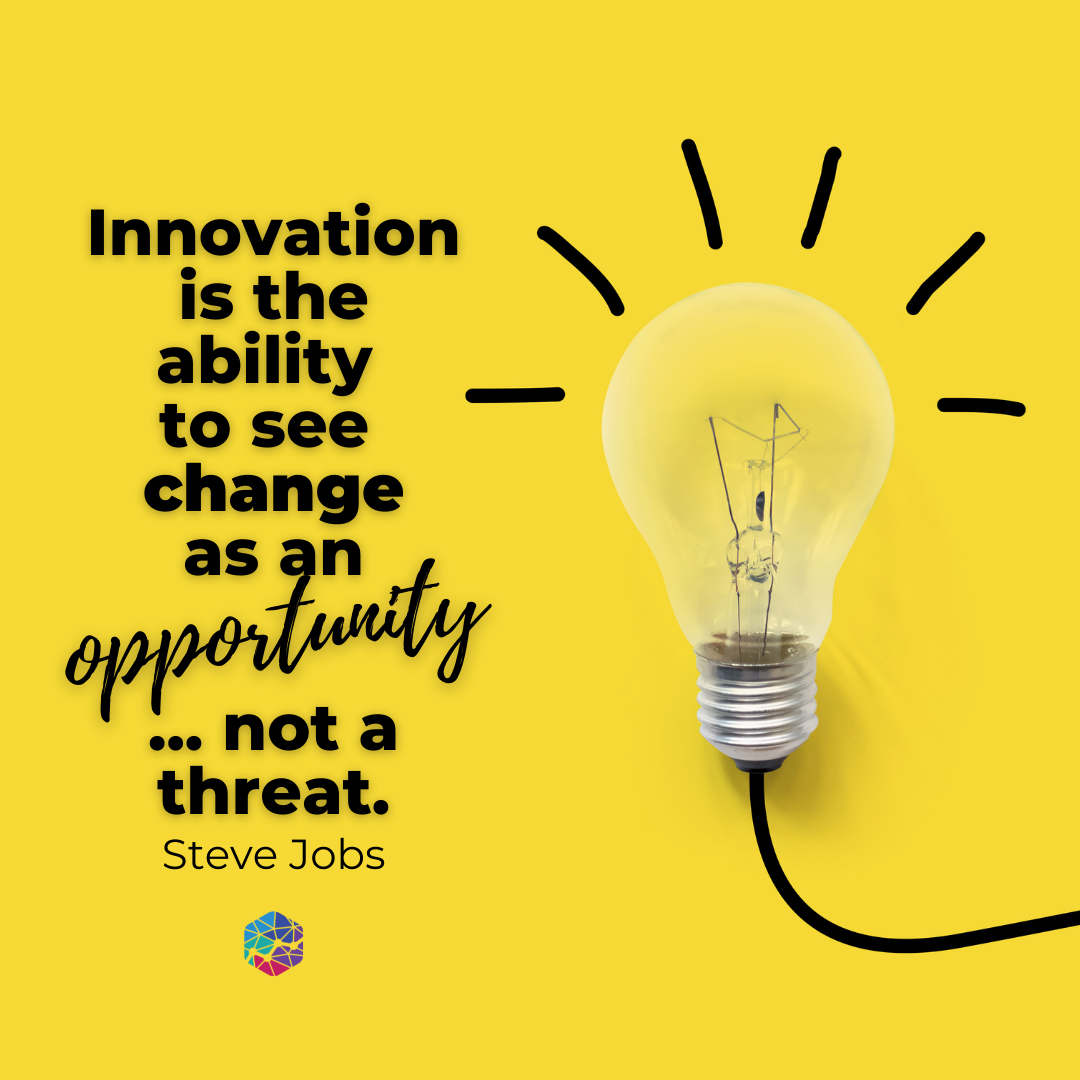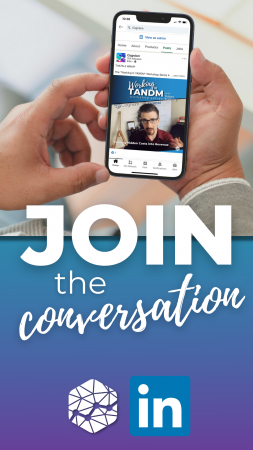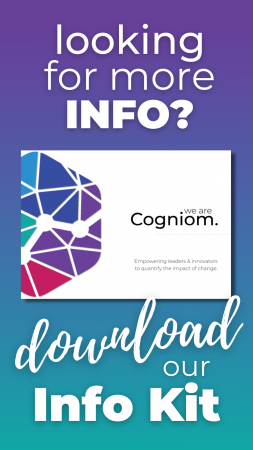Take your mind back to the early 2000s.
QR Codes were becoming a global sensation as we welcomed them with amazement at the new technology.
However, excitement was replaced with confusion as to what we’d actually use them for in our daily life and as quickly as they appeared they were abandoned and forgotten about with the novelty quickly running out.
Hindsight might tell us that perhaps they were a wonder way before their time.
Fast forward to 2020.
The global pandemic shut down the entire world, seemingly overnight, as everyone scrambled to navigate the extraordinary and catastrophic change that landed on our doorstep.
Suddenly a hug or a handshake became a social faux pas, adventures were contained to our living room and how we interacted, communicated, and exchanged information was at the mercy of technology and questionable internet connections.
From humble beginnings in the Japanese manufacturing industry, the QR Code has become the unlikely saviour as the world begins to re-emerge and reclaim some sort of normality. With the threat of COVID-19 still a daily companion, triggering snap lockdowns and disruption, the use of QR Codes for contract tracing allowed us to participate in the information collective, connecting us and empowering us to give as much information as we receive.
The QR Code isn’t a fad, it’s a game changer.
A Statista study projects that there will be a 22% increase for the use of QR codes by 2025 from 2020 across different regions and with 66.6 percent of the world’s total population using a mobile phone, the adoption and continued use of QR Codes is a no brainer.
The “touchless transaction” is likely to become a starring feature of our new normal as we navigate our post pandemic lifestyles. Services like Australian start up Mr Yum bring digital menus to our fingertips to help us order food and remain socially safe, LinkedIn allows us to connect without the need to swap business cards, and organisations like Amazon are embracing QR Codes as a payment method with Amazon Pay.
Mobile self checkout companies like Tagr are also changing how we purchase and pay for items by embracing the QR Code revolution.
No-one can say when the use of QR Codes for contract tracing will end. COVID-19 seems to be continuously re-inventing itself, but with the power that QR codes brings us, we too can reinvent how we move forward and adapt to the new world order.
With so many industries now embracing QR Codes, imagine the impact they could have on the healthcare industry and how health data and information is managed.
Keeping healthcare connected.
Healthcare in general could learn a lot from how the QR Code has empowered us and our relationship with information during the pandemic.
Generally, the industry can be notorious in taking the slow and steady approach in adopting technology and innovation, however the QR Code may just have the potential to break down many of the industry’s barriers when it comes to information systems.
We struggle greatly with the speed in which we can exchange health information, access and provide healthcare details between specialists and locations, with a great onus put back on the patient to navigate the cumbersome and frankly outdated methods.
We’re on the brink of managing prescriptions with a QR Code with e-meds, allowing your doctor to send your script as a QR code directly to your phone.
But, why stop there? Imagine…
- being able to scan a QR code to let you fill out your patient details without the need of paper and clipboards
- being able to have a QR Code the relates directly to your health record that you can access in your own time
- having that same QR Code be made available to healthcare professionals to immediately access your health record, no matter what hospital or specialised centre they are located at
- being able to scan a QR as a healthcare professional and have information and results published to patient files
The possibilities for QR Codes don’t end there for healthcare though. Further imagine..
- not getting lost in a hospital after scanning a QR Code to access a map with directions that lead you to the Doctor or ward you need to visit
- being able to learn more about your condition or treatment plan by scanning a QR code that links you to specific information from your Doctor without having to navigate Dr Google.
- managing your own waiting room expectations by scanning a QR code to see a schedule that will help you know when you’ll be next to be seen.
- a QR code that will allow you to check in on medical updates of loved ones.
A new QR order?
The healthcare system as we know it can be cumbersome and confusing to navigate as a patient. Equally, the burden of administrative tasks takes up significant time out of a health practitioner’s day.
The impact of these siloed medical histories hits heavily on the patient and their loved ones as GPs, hospitals and specialists struggle to put together a comprehensive view of their health story. The pandemic has shown us how easily we can be empowered to be a contributor to the information collective and the benefit that connection brings, so why not adopt it into healthcare processes?
If we continue to adopt the idea of “touchless transactions” and “collective contributions” we not only have the ability to ensure a safe return to social interactions, but also remove the information silos that often make healthcare interactions a poor experience for all.
It’s likely that the future will look a little different than we expected but the data that a QR code can capture and in turn link us to has the potential to rapidly improve how we connect to information.
No-one would have envisaged the QR Code would become such a shining light through this pandemic. Its role has opened new possibilities for innovation and efficiency in our new look way of life and is certainly here to say.
Healthcare would do well to embrace QR Codes into its processes moving forward and use them as a bridge to data silos that prevent the industry from being a positive information collective of its own.

